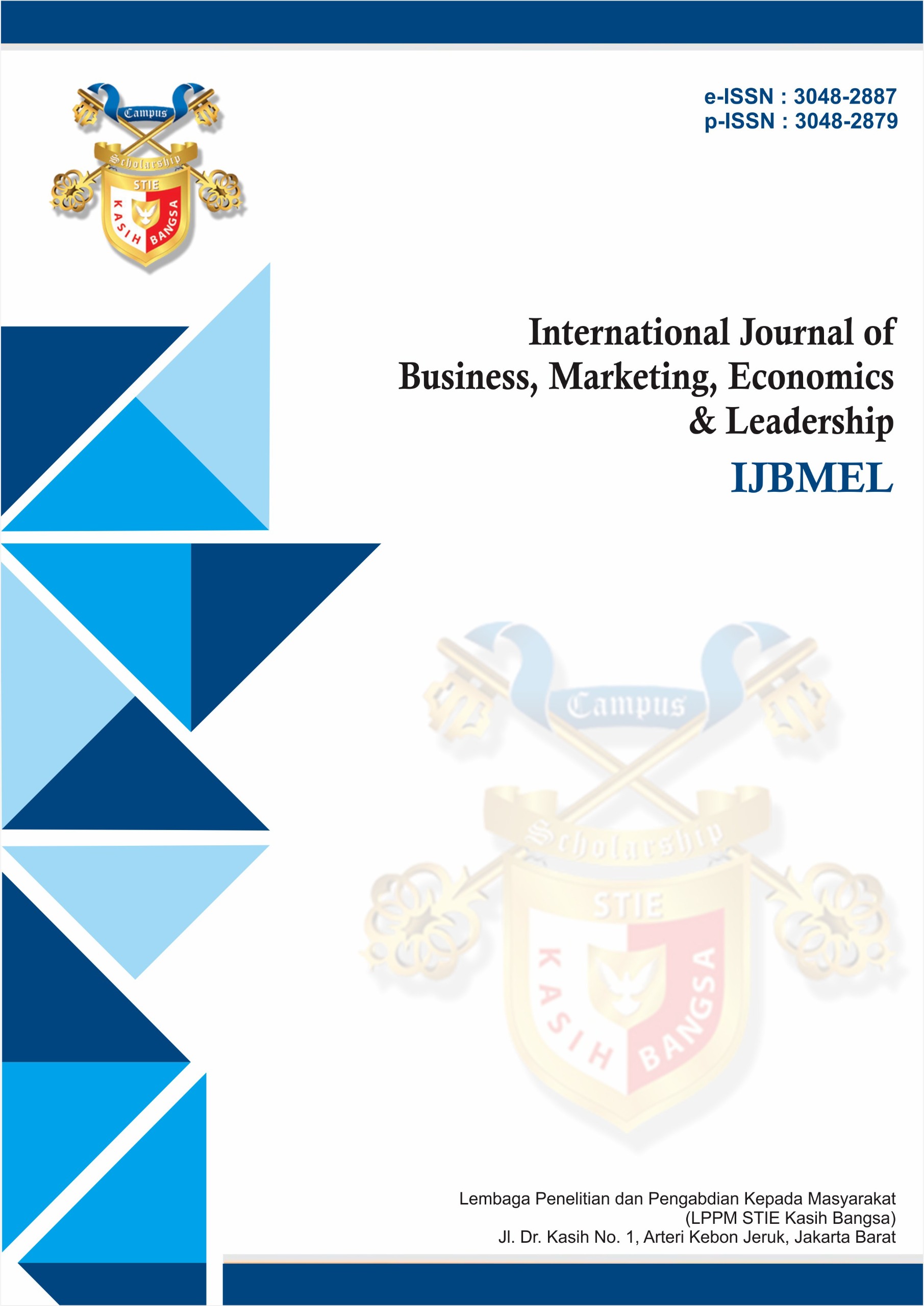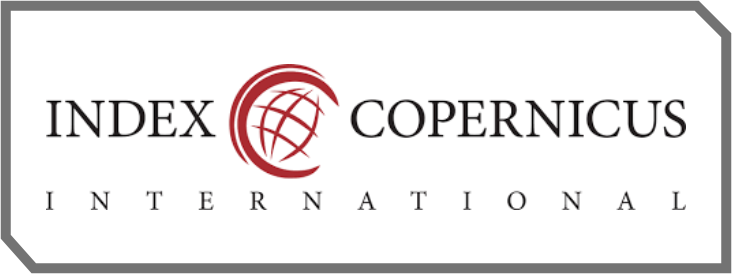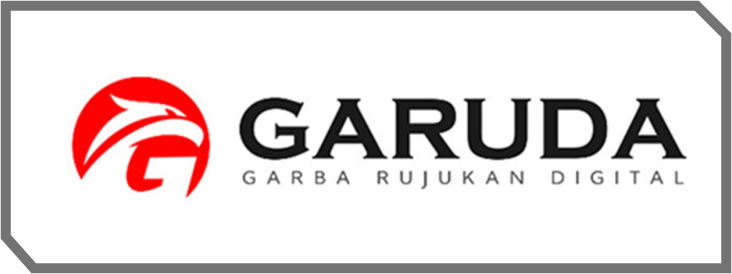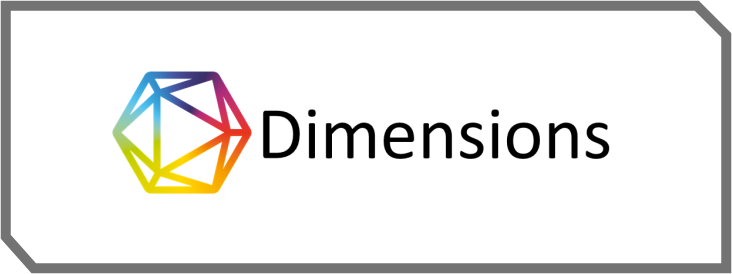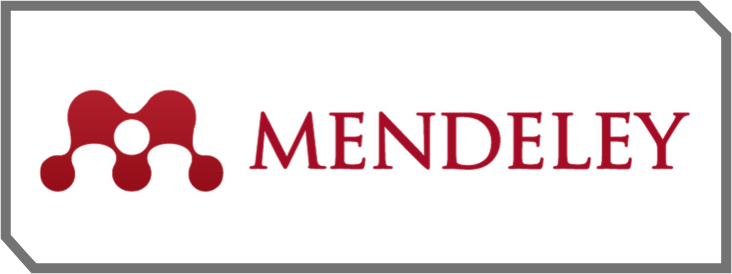Informed Intuition Model: Integrating Cognition in Formulating Strategic Problems Innovatively
DOI:
https://doi.org/10.70142/ijbmel.v1i1.354Keywords:
Informed Intuition, Combinatory Cognition, Strategic Decision Making, Innovation, Problem FormulationAbstract
This study aims to examine the role of informed intuition and combinatorial cognition models in innovative strategic problem formulation. In the context of strategic decision-making, the combination of analytical thinking and intuition plays an important role in overcoming uncertainty and generating innovative solutions. Based on the literature review, it was found that intuition based on experience and data can accelerate the decision-making process, especially in complex and uncertain situations. However, the integration of intuition and analysis requires a balance so that the resulting decisions are effective and appropriate. This study provides important insights into how both elements can function synergistically in improving the quality of strategic decisions
References
Alaybek, B., Wang, Y., Dalal, R.S., Dubrow, S., & Boemerman, L.S. (2022). The relationship of reflective and intuitive thinking styles with task performance: A meta-analysis. Personnel Psychology , 75(2), 295–319. https://doi.org/10.1111/peps.12443
Baer, M., Dane, E., & Madrid, H. P. (2021). Zoning out or breaking through? Linking daydreaming to creativity in the workplace. Academy of Management Journal , 64(5), 1553–1577. https://doi.org/10.5465/amj.2017.1283
Baer, M., Dirks, K. T., & Nickerson, J. A. (2013). Microfoundations of strategic problem formulation. Strategic Management Journal , 34(2), 197–214.https://doi.org/10.1002/smj.2004
Damasio, A. R. (1994). Descartes' error . Penguin Books.
Dane, E., & Pratt, M. G. (2007). Exploring intuition and its role in managerial decision making. Academy of Management Review , 32(1), 33–54.
https://doi.org/10.5465/amr.2007.23463682
Dijksterhuis, A., & Nordgren, L.F. (2006). A theory of unconscious thought. Perspectives on Psychological Science , 1(2), 95-109. https://doi.org/10.1111/j.1745-6916.2006.00007.x
Epstein, S., Pacini, R., Denes-Raj, V., & Heier, H. (1996). Individual differences in intuitive–experiential and analytical–rational thinking styles. Journal of Personality and Social Psychology , 71(2), 390–405. https://doi.org/10.1037/0022-3514.71.2.390
Felin, T., & Zenger, T. R. (2009). Entrepreneurs as theorists: On the origins of collective beliefs and novel strategies. Strategic Entrepreneurship Journal , 3(2), 127–146.https://doi.org/10.1002/sej.67
Gary, M.S., Wood, R.E., & Pillinger, T. (2012). Enhancing mental models, analogical transfer, and performance in strategic decision making. Strategic Management Journal , 33(11), 1229–1246. https://doi.org/10.1002/smj.1979
Gigerenzer, G., & Gaissmaier, W. (2011). Heuristic decision making. Annual Review of Psychology , 62, 451-482. https://doi.org/10.1146/annurev.psych.121208.131400
Gigerenzer, G., Reb, J., & Luan, S. (2022). Smart heuristics for individuals, teams, and organizations. Annual Review of Organizational Psychology and Organizational Behavior , 9, 171–198. https://doi.org/10.1146/annurev-orgpsych-012420-090506
Kahneman, D. (2011). Thinking, fast and slow . Farrar, Straus and Giroux.
Kahneman, D., & Tversky, A. (2017). Choices, values, and frames . Cambridge University Press. https://doi.org/10.1017/9781316710800
Kahneman, D., & Tversky, A. (2017). Prospect theory: An analysis of decisions under risk. Econometrica , 47(2), 263-291. https://doi.org/10.2307/1914185
Khatri, N., & Ng, H. A. (2000). The role of intuition in strategic decision making. Human Relations , 53(1), 57-86. https://doi.org/10.1177/0018726700531004
Levinthal, D. A. (2006). Evolutionary and institutional economics . In RG Lipsey & KGB (Eds.), Handbook of Evolutionary Economics (pp. 11-50). Edward Elgar Publishing.
Levinthal, D. A. (2006). The slow pace of rapid technological change: Grasping the dynamics of innovation. Business Horizons , 49(2), 101-111.https://doi.org/10.1016/j.bushor.2005.06.006
Nickerson, J. A., & Zenger, T. R. (2004). A knowledge-based theory of the firm: The problem-solving perspective. Organization Science , 15(6), 623–640.
https://doi.org/10.1287/orsc.1040.0102
Nisbett, R. E., & Ross, L. (2010). Human inference: Strategies and shortcomings of social judgment . Prentice-Hall.
Park, C. H. (2024). Finding a road less traveled: Combining analysis and intuition to develop novel problem formulations. Strategic Management Journal , 45(11), 2368-2392. https://doi.org/10.1002/smj.3637
Tversky, A., & Kahneman, D. (1974). Judgment under uncertainty: Heuristics and biases. Science , 185(4157), 1124-1131. https://doi.org/10.1126/science.185.4157.1124.

